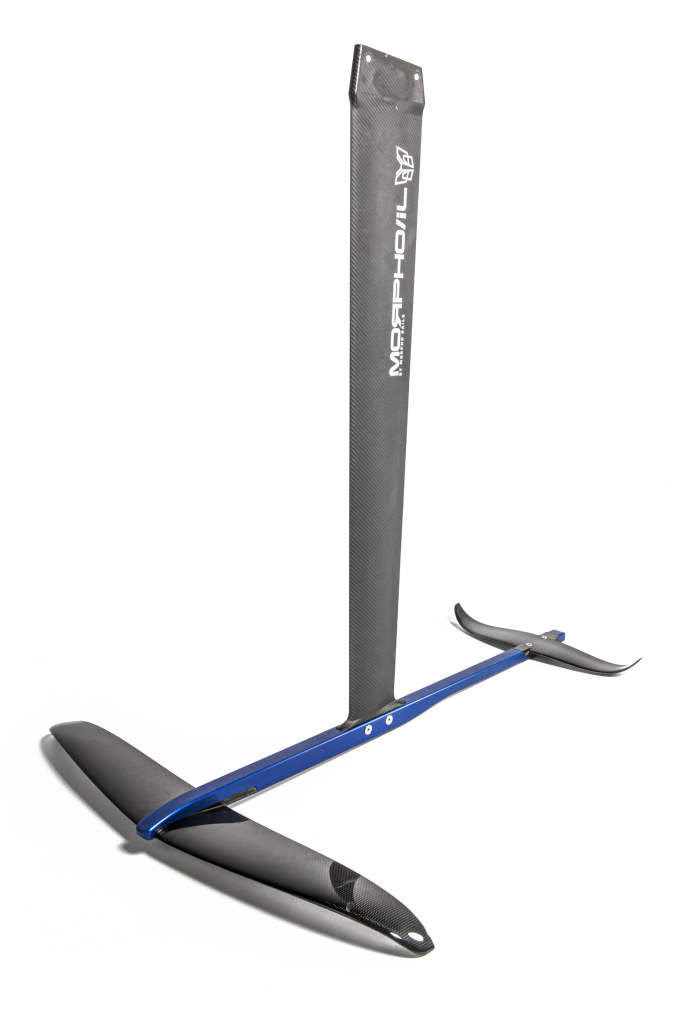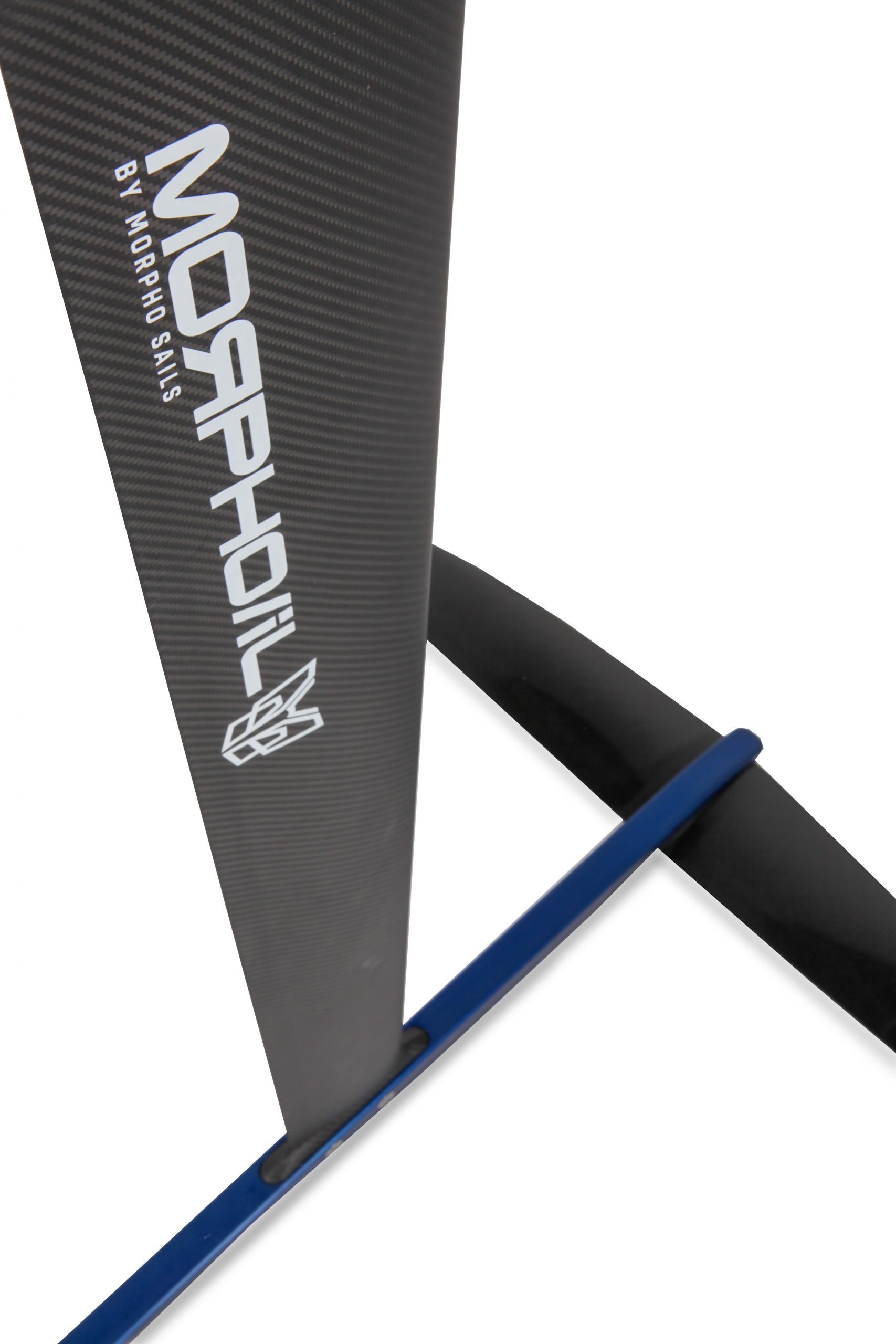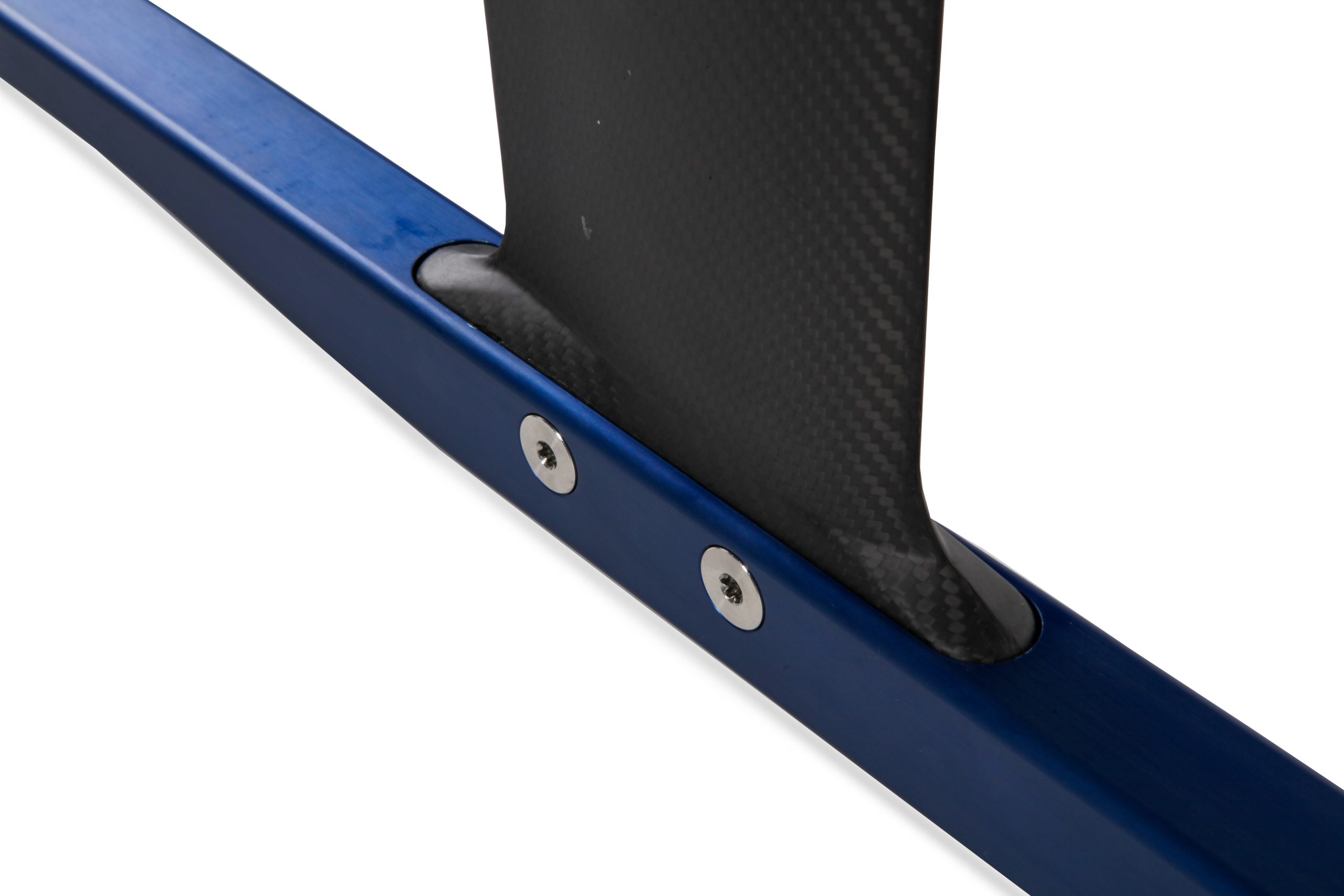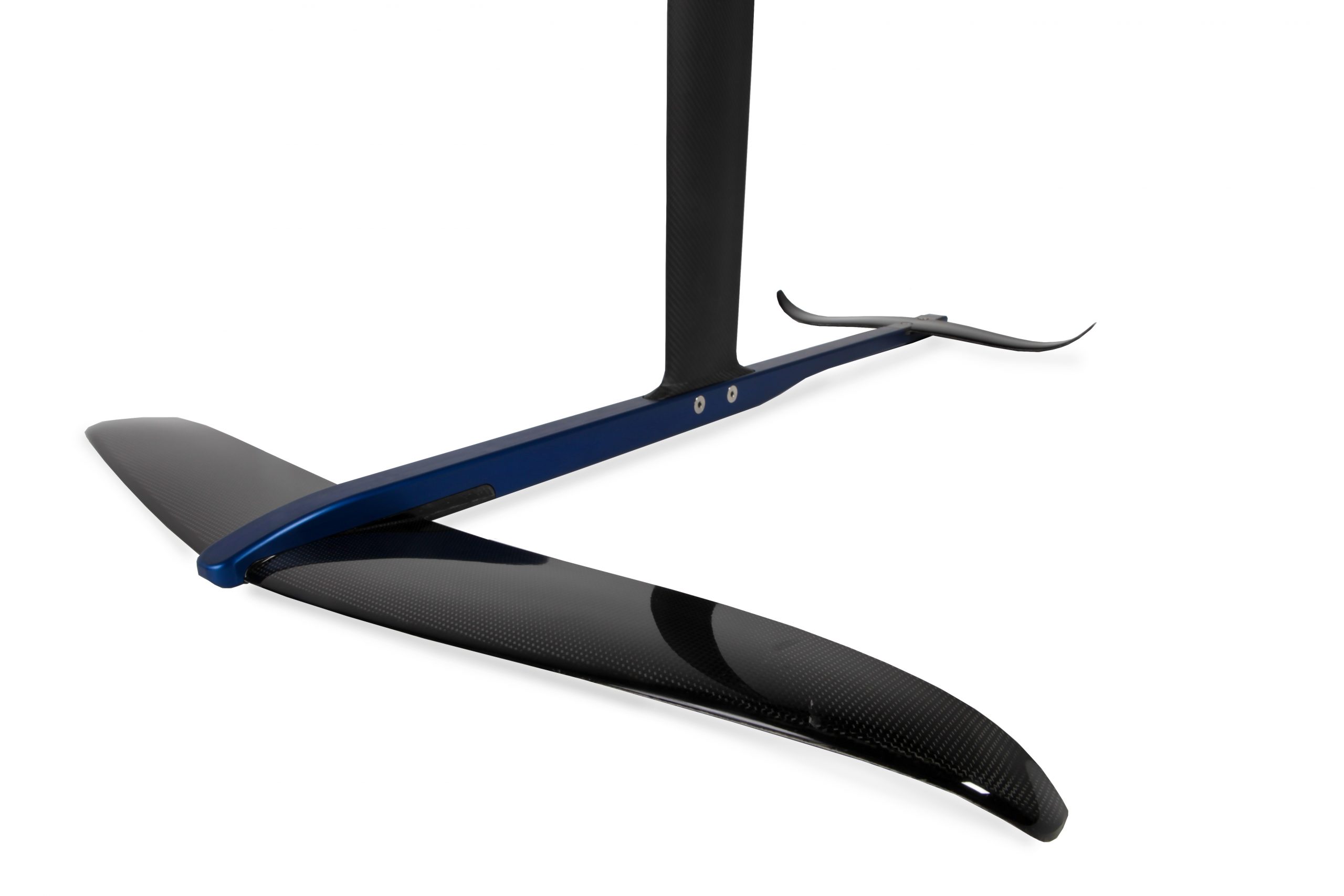
The wind foil designed with you in mind
BEGINNERS
Our intention was to design the most universal foil we could possibly develop so the MORPHO’IL is a tool that you can use for foiling from day one. The foil is very stable and has the ability to produce a very linear lift, which makes it very easy for beginners to get up on the foil. You will be able to control the foil well with your feet and comfortably sail from the first foiling attempts onward.
ADVANCED
Once you are confident with the flying phenomena, you will start to get into a more exciting direction of foiling. No matter if you just want to cruise, match race with your friends on any wind course or make some basic freestyle tricks like a 360, the MORPHO’IL will do it for you.
RACING
In Match or Club Racing you’d be OK using the MORPHO’IL, but this foil is NOT designed for high performance racing which often only go extremely up- and down wind. Instead it’s one of the best and most accessible windfoils we came across. So you want to race Olympics? We suggest to shop somewhere else.
WIND RANGE
How much wind does a rider need to fly on the MORPHO’IL? Well, after much testing and feedback from happy owners we can say with confidence that an advanced skilled 90 kg windsurfer on a 135L board powered by a MORPHO SAILS 6.9 gets going in as little as 7-8 kts, however it involves some pumping to get up on the foil. Funny enough our MORPHO 5.7 only needs a tad more wind (10-12 kts) and obviously is an easier sail to pump and easier to control once you fly. You can easily use the MORPHO’IL in 20+ kts of wind, just stick on your MORPHO 4.7 and stay in control!
MORPHO’IL PARTS DESCRIPTION:
MAST
The mast is the backbone of the system. It has to be stiff and without twist or torsion, which is achieved by using 15 layers of Italian T430 high modules prepreg Carbon. It’s produced in monocoque technology (the same used for Aerospace technology) with Autoclave curing. Also tempering is used to increase mast’s mechanical features. As far as we know, we’re the only producer that offers this state of the art technology in the windsurf world.
Carbon fibers are layered in the direction of torsion forces to increase torsion stability and additional one-way reinforcement has been added for better torsional stiffness. The carbon layers are rewrapped over the front to additionally protect the mast against the hit of the rocks or reefs. Because we wanted to reduce the possibility of damage in the area of open carbon, we use mold pre-shape inserts laying, so the inserts positions for screws are not milled, but already in the mold.
The mast is filled with expanded epoxy, which makes the stiffness and torsion even higher.
For the back edge of the mast, we use high precision edge tuning, which greatly increases the release of the water at the end of the mast.
We additionally reinforced the base of the mast to make it more stiff and durable.
At the end of process we apply finish – coating, which increases mast longevity and surface tension, so the mast is gliding through the water faster.
After much testing, we have decided to start with the length of the mast of 95 cm, as we believe it is perfect for advanced foilers and does not bother the beginners. Since our technology is allowing us to give the right stiffness to this length, we can always go shorter and get even more stiffness.


fuselage
Because of square-shaped cross-section of the fuselage, we have decided to use aluminum 6068. This outstanding material that is often used in the aeronautical and aerospace sector, is also well resistant to salty water.
Aluminum specifications: Rm 560 Rp0.2 495 Hardness Hb 145 Elongation 7%.
“The alloy EN AW-6082 is a high strength alloy for highly loaded structural applications. Typical applications are scaffolding elements, rail coach parts, offshore constructions, containers, machine-building and mobile cranes. Due to the fine-grained structure this alloy exhibits a good resistance to dynamic loading conditions. EN AW-6082 is certified for use in marine applications.”
The fuselage is milled on a high precision HAAS milling machine, which is used also by Formula 1 racing teams. For protection against saltwater corrosion, we are applying the special high-end coating. We tweaked the fuselage shape until we get the best aerodynamic shape. In over one year testing, we find that 1000 mm length is the best compromise between stability and maneuverability.
The mast and fuselage system connection; Even a stiff mast and rigid fuselage can’t make a good combination if the fuselage fitting isn’t up to par. So, our system is using 4 points connection between mast and fuselage to enhance torsional rigidity and crate a single fused, high-performance unit. Our stainless still screws will survive all the saltwater punishment.
wings
After serious study and testing, we finally found a wing design which is the optimal compromise between agility and speed yet still allows for very early gliding – which is the main goal of wind foiling.
Our Carbon wings are produced in a vacuum RTM (resin transfer molding) technology, using a mold to make sure every wing is a true replica of the original. Using RTM we can control the flex and torsion of every cm of the wing.
The screw inserts are reinforced with full carbon to bypass the problem of over-tightening the screws.
Just like the mast, the wings are finished with a ‘High Precision Edge Tuning’, this to stabilize the water release at the trailing edge and make the flight more stable and quieter.
Front and tail wing connection system; The front wing is connected to the fuselage with 3 screws. Because of the milling of the fuselage in the “saddle” style with zero torsional give, this connection gives maximum stability. The tail wing is connected to the fuselage with 2 screws. We have tested the position of the back wing a lot and have decided that we will not apply any options of adjusting as we believe that freerace/freeride clients prefer the ideal setting and expect a plug and play solution.

TECHNICAL SPECIFICATIONS:
Mast length: 95 cm
Fuselage length: 100 cm
Front wing area: 840 cm2
Front wing span: 82 cm
Tail wing area: 260 cm2
Tail wing span: 42 cm
WEIGHT
Mast: 1500 g
Fuselage: 1720 g
Front wing: 640 g
Tail wing: 160 g